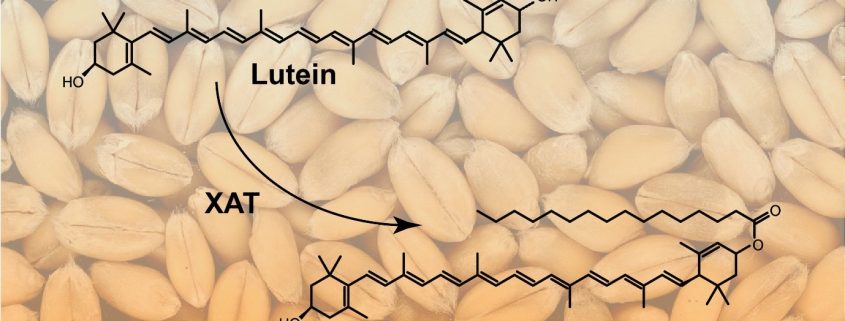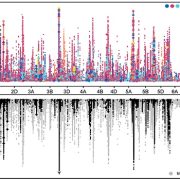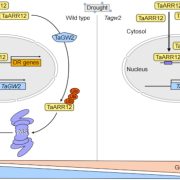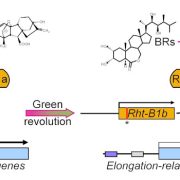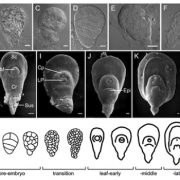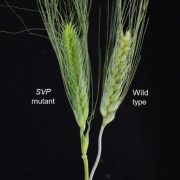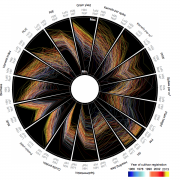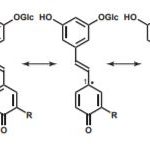XAT catalyzes carotenoid esterification in wheat
Watkins et al. have identified XAT as the enzyme responsible for esterification and subsequent stabilization of lutein in wheat grains. Plant Cell https://doi.org/10.1105/tpc.09.00272
By Jacinta Watkinsa, Barry Pogsona and Diane Matherb.
aARC Centre of Excellence for Plant Energy Biology, Research School of Biology, Australian National University, Australia
bSchool of Agriculture, Food and Wine, Waite Research Institute, The University of Adelaide, Australia
Twitter handles: @PlantEnergyBiol, @barry_pogson, @Diane_E_Mather, @waiteresearch, @UniofAdelaide, @BiologyANU
Background: Carotenoids provide the bright yellow, orange and red colors of many fruits, vegetables and grains such as cantaloupes, carrots, and pasta flour. Carotenoids such as lutein and β-carotene are also essential micronutrients in our diet that are required for maintaining eye health and brain function. However, during the storage of foods, especially grains, carotenoids can rapidly degrade, reducing the nutritional value of the food. Esterification with fatty acids increases the stability and retention of carotenoids during post-harvest storage of grains such as wheat. However, the molecular mechanisms responsible for esterification have remained elusive in all plant species.
Questions: What enzyme catalyzes lutein esterification in wheat grain and where is localized?
Findings: We identified and confirmed that the gene responsible for the esterification of lutein in bread wheat is xanthophyll acyl-transferase (Xat), which is located on chromosome 7 of the D genome. We showed that XAT can esterify multiple carotenoids using several different types of lipids as acyl donors. XAT accumulates during grain development, but only acts post-harvest. Surprisingly, XAT and its carotenoid substrates are localized in different parts of plant cells. We propose that the post-harvest breakdown of cellular compartments allows XAT to interact with its substrates, regulating esterification in wheat endosperm and promoting lutein stability and nutritional availability in the mature grain.
Next steps: We are transferring a small section of chromosome 7D, including Xat, to durum (pasta) wheat. Lutein is important for the quality of durum grain as it provides the yellow, creamy color of pasta and couscous. Yet durum wheat does not have the D-genome and cannot esterify its lutein. Introduction of XAT into durum wheat could help stabilize its lutein and maintain the high level of this yellow pigment during storage and transport. Understanding esterification also presents new opportunities for improving the nutritional value of cereals by improving the retention and stability of other carotenoids, including those with provitamin A activity.
Jacinta L. Watkins, Ming Li, Ryan P. McQuinn, Kai Xun Chan, Heather E. McFarlane, Maria Ermakova, Robert T. Furbank, Daryl Mares, Chongmei Dong, Kenneth J. Chalmers, Peter Sharp, Diane E. Mather and Barry J. Pogson. (2019) A GDSL Esterase/Lipase Catalyzes the Esterification of Lutein in Bread Wheat. Plant Cell. https://doi.org/10.1105/tpc.19.00272.
Figure legend: XAT catalyzes the esterification of lutein by adding a fatty acid group, which stabilizes the lutein in mature wheat grains.
Key words: Carotenoid, xanthophyll esters, grain quality, wheat, lutein


